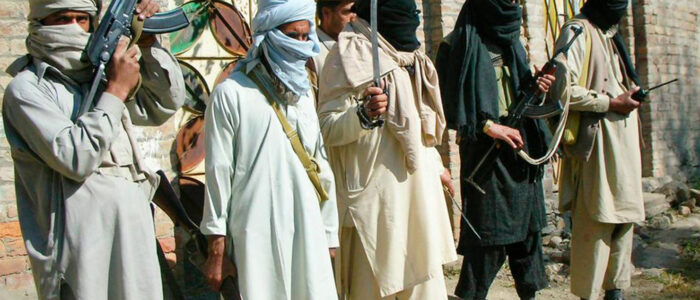The takeover of the Taliban government has brought some of the well-founded fears of its neighbours to life. Amongst these is Pakistan’s chief concern of the resurgence of the Tehreek-e-Taliban Pakistan (TTP). The TTP has resurfaced and become active in several areas of the country, as evidenced by its recent attacks on police officers patrolling in Nowshera. This followed an earlier attack in Quetta, which had wounded more than twenty people and killed four. These recent attacks followed the TTP’s announcement of an end to the months-long ceasefire towards the end of November last month.
Previously in June, the TTP and Pakistani authorities had agreed to the extension of an earlier truce brokered by the Afghan Taliban and a 50-member team of tribal elders. The push had come from both the Afghan Taliban and Pakistan’s government, who wanted to enhance border security and stabilise the region following the takeover of the Afghan Taliban in August 2021. Despite these efforts, the reneging of the TTP on ceasefire agreements is one of the manifestations of the spillover of Afghanistan’s domestic issues across the border. On the Pakistani side, the National Counter-Terrorism Authority (NACTA) has confirmed the revival of the TTP in a recent document. According to NACTA, the presence of TTP in Swat is a growing security threat as they try to regain their earlier footing in the area. This is also confirmed by the TTP’s increased activity in the country. NACTA has identified four major attacks, including the IED attack, which killed two policemen and a member of the Peace Committee, and the firing on police in Swat in September.
While Pakistan carries the will to fight terrorism despite its heavy toll, cooperation is needed to deal with this mutual threat.
The TTP has claimed that it will continue such retaliatory attacks if the government of Pakistan does not stop its operations against the organisation. Another major demand of the TTP is that all its captured fighters be returned. The outfit has also upheld demands for the reversal of the 2018 FATA merger and the reduction of the Pakistani military in the tribal areas. These demands are aimed at strengthening the group and blatantly pose an existential threat to Pakistan’s unstable tribal areas and the country at large. On the other hand, Pakistani negotiators demand that the organisation agree to a long-term ceasefire, halt all militant activities, and join mainstream politics. While the state authorities have repeatedly pushed for talks with the TTP, no enduring progress has been made so far. It seems impossible that any attempts at dialogue will succeed given such irreconcilable demands. On its end, Pakistan cannot afford to relinquish the control it has achieved with difficulty in tribal areas which have been historically exploited as breeding grounds for terrorism. Following the regime change in Kabul, they have the potential to attract additional players, including anti-Taliban organisations from Afghanistan.
Dealing with this threat effectively also constitutes a major challenge for the new armed forces leadership. This also comes at an unfortunate time of political division in the country. The current events present a counterproductive picture regarding any efforts at dealing with the TTP. Yet this issue cannot be left unaddressed. Pakistan’s political and military authorities must present a united front to deal with this threat. However, this cannot happen as long as any one of the parties intends to gain leverage from the situation.
Pakistani authorities also have to be conscious of the role that can be played here by the Afghan Taliban. Although the Taliban government requires support from Pakistan due to its bleak national situation, it is ideologically skewed towards the TTP. Afghan support will only act to reassure the Pakistani Taliban, who are anything but compromising on their list of demands. A potential TTP and Islamic State Khorasan (IS-K) nexus is also a real threat. The evidence for this comes from the attack on the Pakistani embassy in Kabul. While such cooperation has been denied by Afghan authorities, an alliance of this nature – along with the presence of multiple other groups, including the Islamic Movement of Uzbekistan (IMU)– poses major security threats. Prudence requires that Pakistani authorities build on this mutual ground and gain crucial backing from the Afghan side.
The reiteration of the position of international actors such as the United States is additional support in this direction. Afghan authorities must also realise that these are real mutual threats to both countries. Underhanded positions in foreign policy are unacceptable. While Pakistan carries the will to fight terrorism despite its heavy toll, cooperation is needed to deal with this mutual threat. Pakistan’s internal security and the hard-won peace in Afghanistan are inextricably linked. Achieving concomitant goals will require reciprocated commitment, a united internal strategy from Pakistan, and a clear articulation of its expectations from Afghanistan.
